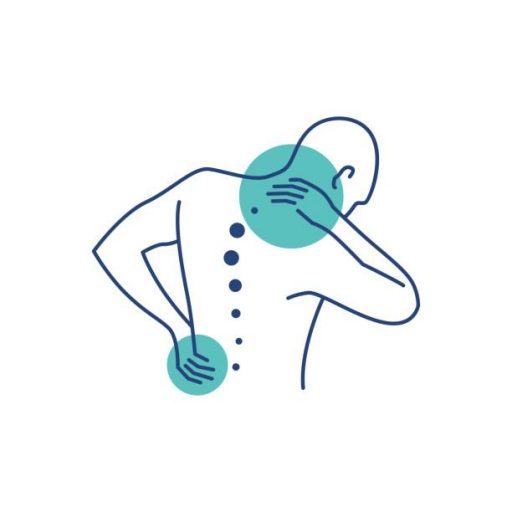How To Discover Super Health
Research has made it a lot easier than before for us to figure out what good health is, and to know what to do to achieve and maintain it. We can now afford to do away with old myths and embrace new ways to get the maximum from our bodies and minds.

What is super health?
Good health is not achieved merely due to absence of disease. We cannot say just because our bodies are free of physical disease, we are healthy. However, our bodily system is a very resilient machine that always works hard to bounce back after being hit by disease or injury. This is just being a “normal” kind of healthy. The same is true for mental health. The absence of stress, depression and other disorders can be a sign of good mental health, but is it a sign of what some scholars now call “super health”? Maybe not.
Good health was defined by the World Health Organization in their charter of 1946 as: “Health is a state of complete physical, mental and social well-being and not merely the absence of disease or infirmity.”
However, this definition just pays lip service to the spirit of its word. This is because when you look at health service anywhere, you see that it is only about disease prevention and treating conditions. Even the research done is geared at risk reduction and disease prevention, etc., not really on what to do to boost good health in its own right.
Positive Health
Positive health is defined as the “scientific study of health assets”, looking at:
- Factors that produce longer life
- Lower health care expenditure
- Factors that lower morbidity
- Enhanced quality of overall physical health, obesity, and a sedentary lifestyle, above the usual suspect risk factors like hypertension.
- Better prognosis when illness does strike
Positive health is closely linked to the promotion of health, prevention of disease as well as wellness, but it stands out through its emphasis on health assets. Positive health originates from the wellness theory.
Seligman (2010) lists five key theories for his wellness theory:
- Positive emotion
- Engagement
- Positive relationships
- Meaning
- Goal attainment
So, this new field of positive health engenders two proposals that are both bold and modest.
Optimism is a Learned Skill
- First, the problem is identified (A for Adversity)
- Then we look at B – the belief that is attendant to this adversity
- We also look at the consequences of this adversity – C
- Then we use logic to dispute the belief and consequences – D
- Consequently, our energy E is rekindled and we tackle the adversity.
Seligman’s book: Learned Optimism talks about optimism being a learned skill, as well as strategies we can use to learn this skill. We can exercise the strategy of “logical dissipation”, which is easy to use as long as we stick to the targeted problem.

